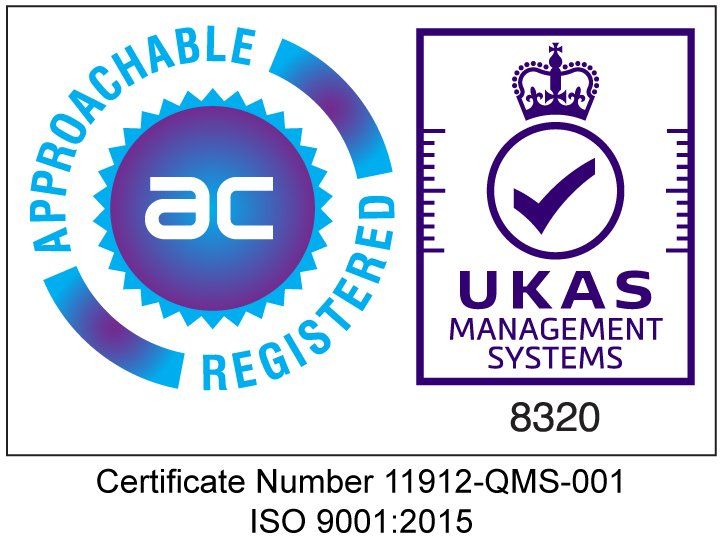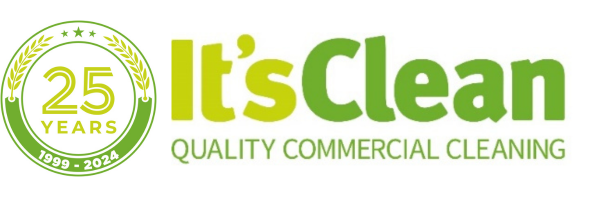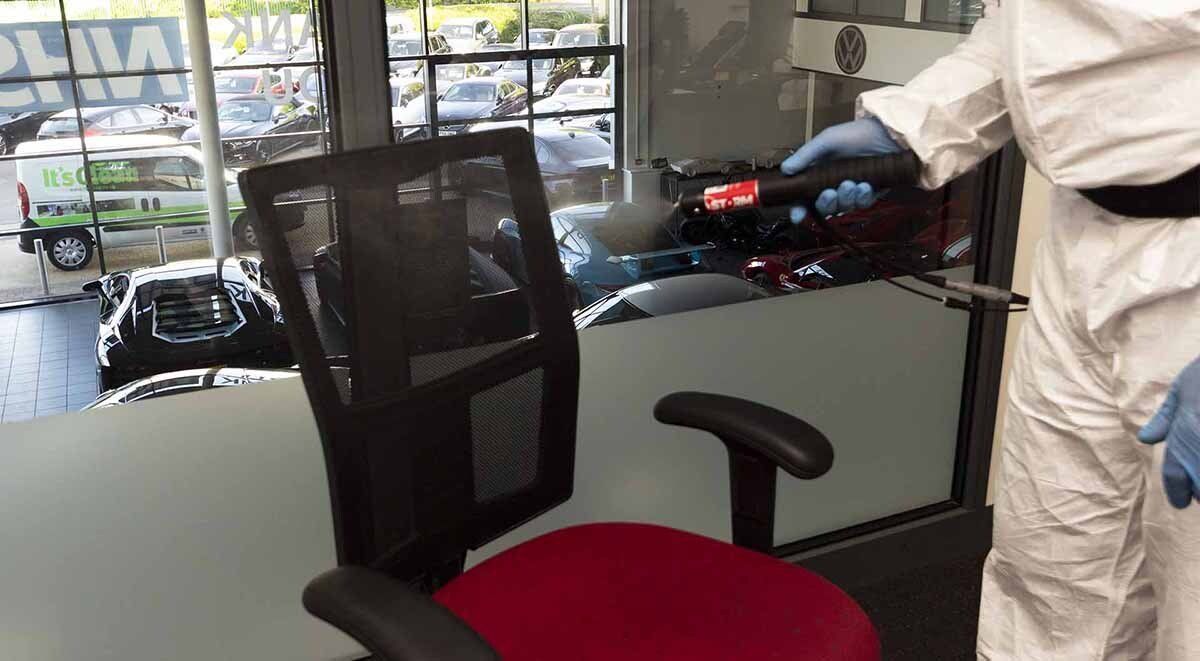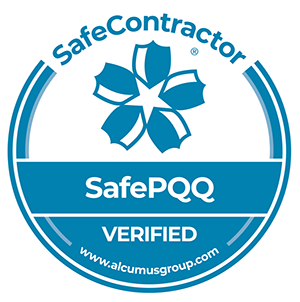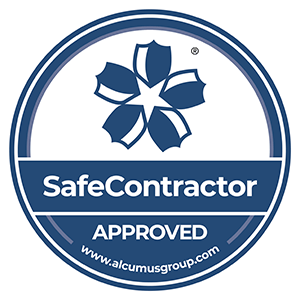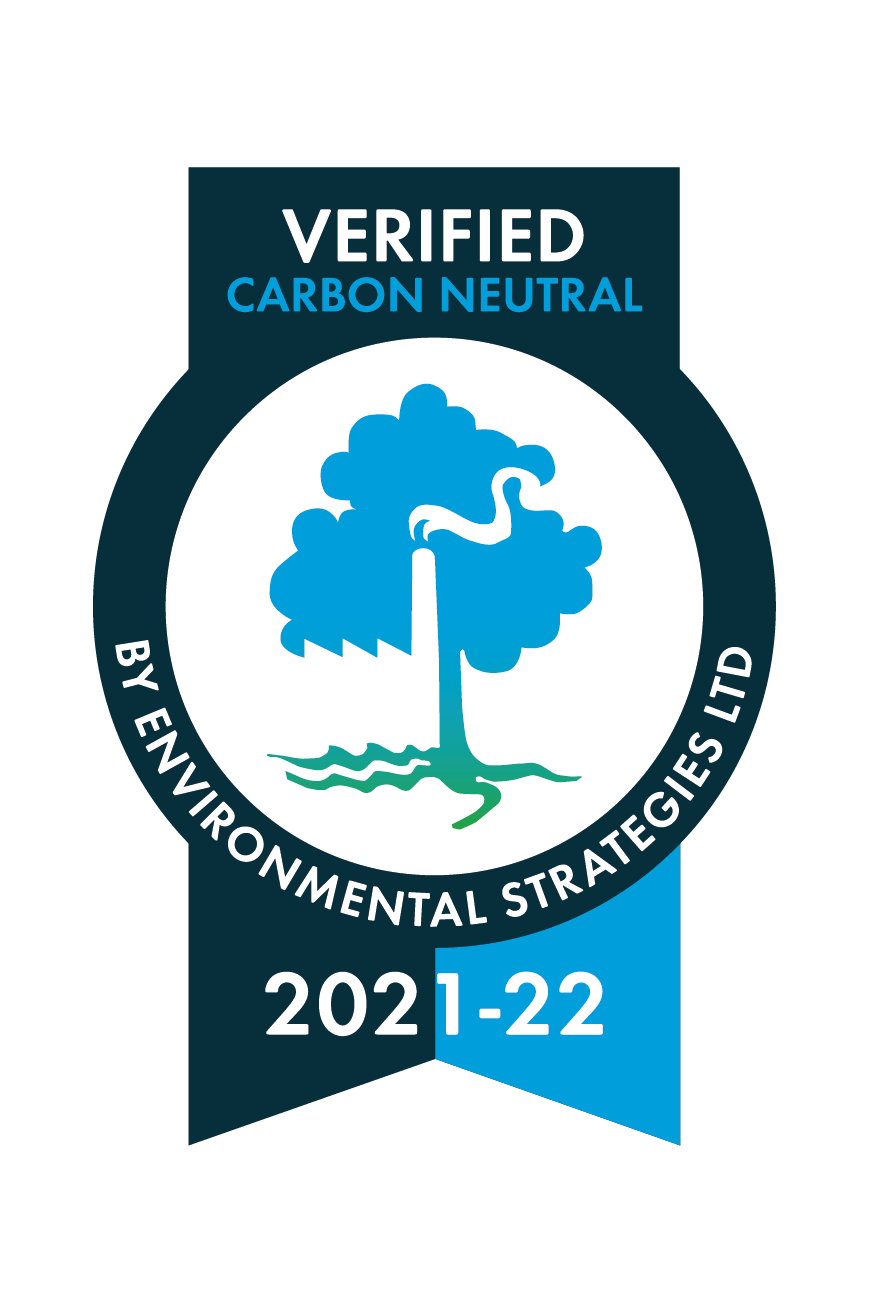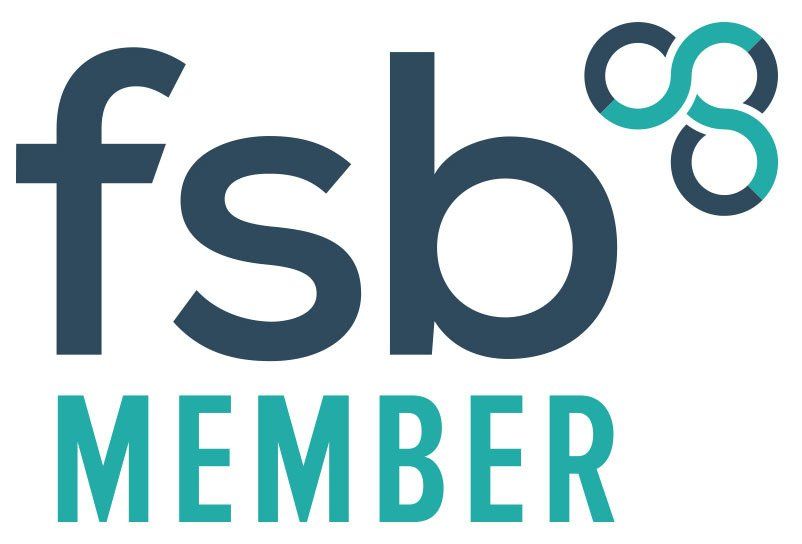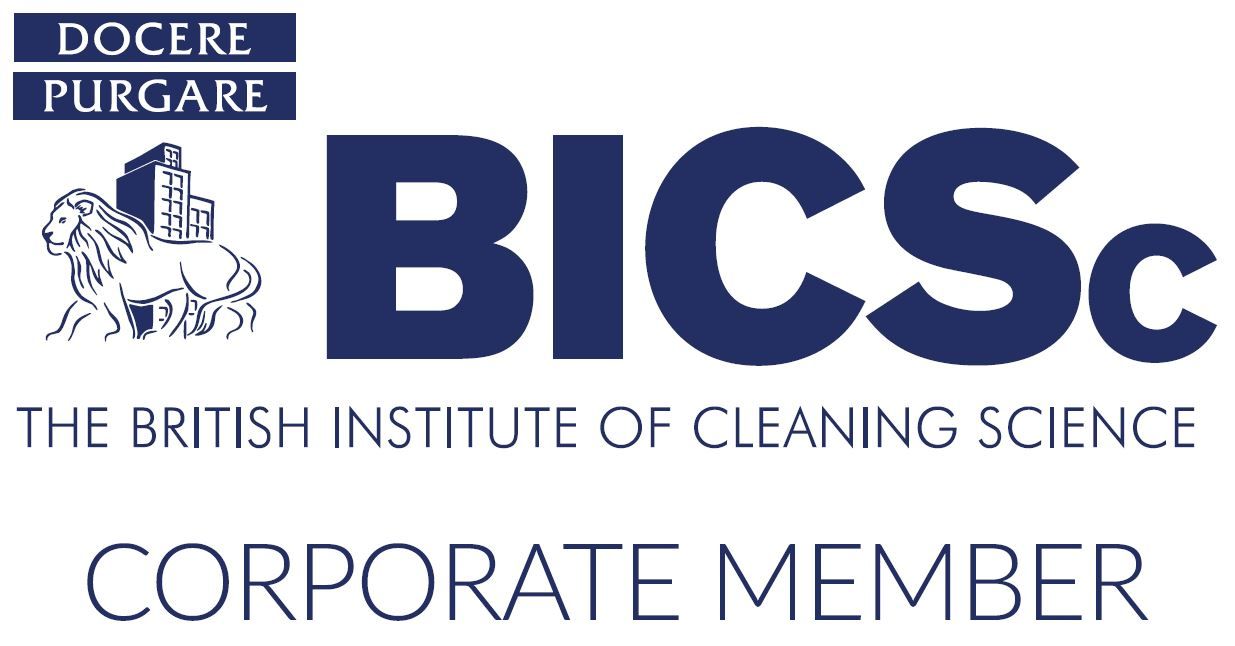Fogging Disinfection: When and Where Should It Be Used?
Fogging is a proven disinfection process and perhaps the most environmentally-friendly of the gaseous cleaning processes available. An airborne mist of Quaternary Ammonium Compounds offers widespread coverage and disinfection, and this is therefore very effective in combating viruses in the workplace, but it is important that fogging is used in the right environment and in combination with other practices. Only then can you be sure it is sufficiently effective.
How does fogging work?
A typical fogging process releases an incredibly fine mist through the atmosphere to land on all surfaces and disinfect them. This has the effect of killing viruses and ensuring your working and communal areas are completely sanitised.
The fogging cleaning process used by It’s Clean uses a much safer, non-toxic chemical which is certified to BS EN 13697:2015+A1:2019. This process doesn’t involve using noxious chemicals, which means we can apply fogging to any area in your premises that needs more targeted disinfection.
Where is fogging most suitable?
Fogging offers comprehensive coverage of the area it is used in, but it is best used to target specific areas of a building, ie. areas which can be isolated and enclosed. This might be a reception area or changing room where many different people pass through or congregate, or in a wash room, kitchens, canteen or toilets where germs can be spread more easily.
Of course, for fogging to be most effective the area needs to be enclosed, so this is not suitable for vast areas such as warehouses, which can be spacious and with high ceilings, as the vapour coverage might not be sufficient in some cases. Also, rooms which have access to external areas may be difficult to keep sanitised.
However, high occupancy rooms are ideal for fogging, as well as areas which need to be kept clinically clean, such as laboratories, medical facilities, schools, GP surgeries and care homes, where the risk of infection is high. It is possible also to use fogging in office areas where IT and electrical equipment is stored. Fogging uses a dry mist solution which, whilst tackling surface contamination as well as airborne, will not damage electrical equipment.
It's Clean have been providing the fogging disinfection service to a range of clients including Jorvik Centre, Redline Racing, Pannal Golf Club, Leeds Road Dr Surgery and Blue line Taxis.
Will fogging alone be enough?
Fogging is ideal for decontaminating large rooms which include hard to reach areas, or where you don’t have the resources to undertake frequent comprehensive cleaning and decontamination. However, it is recommended that touch point cleaning is carried out just prior to fogging in order to get maximum benefit. This ensures that certain surfaces are abrasively cleaned to combat viruses from frequently touched areas. Fogging cannot apply deep cleaning effectiveness where a surface shows signs of hard contamination, but when used in combination with a thorough touch point cleaning programme, can provide peace of mind that a comprehensive decontamination is in place and your premises are free from lingering bacteria and viruses.
A risk assessment on your premises should enable you to adequately judge how frequently fogging should take place, based on people, movement, operations and local infection rates. However, a regular fogging programme will ensure long-lasting protection and a healthy environment.

